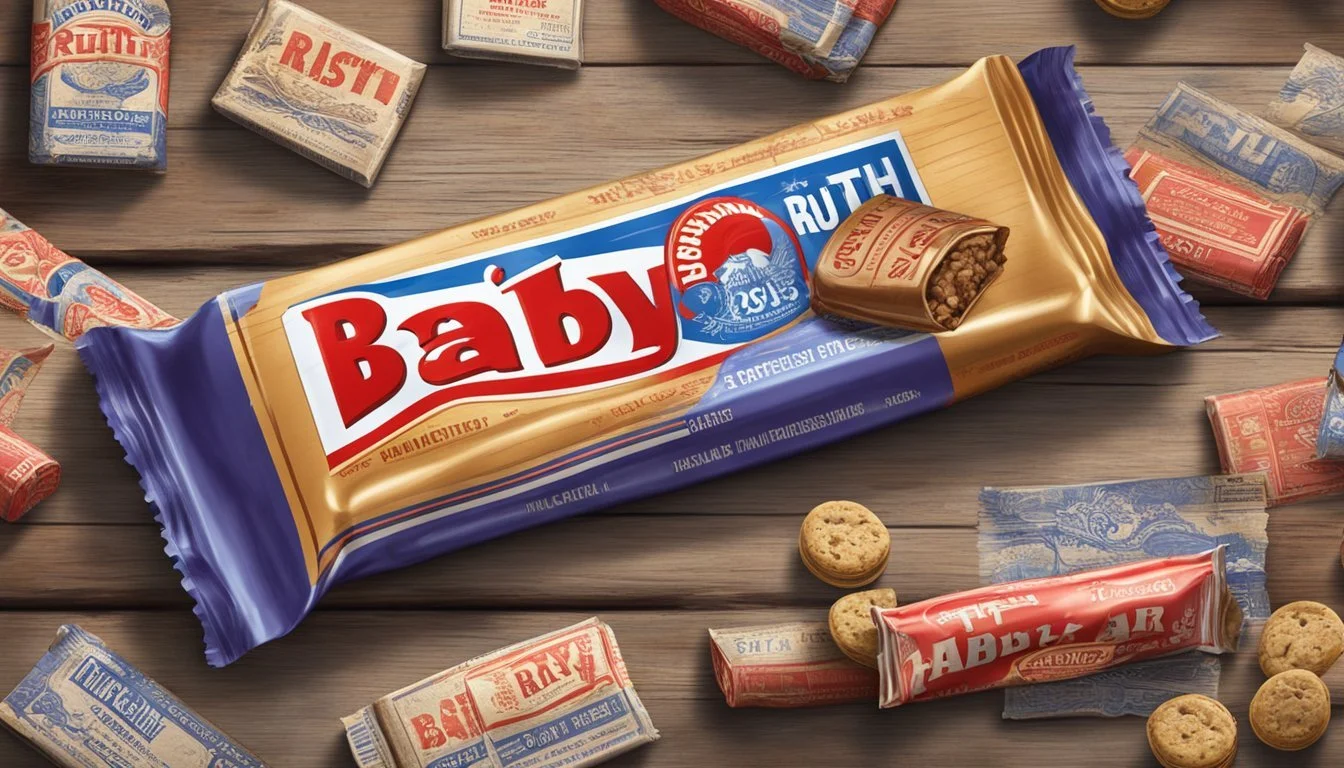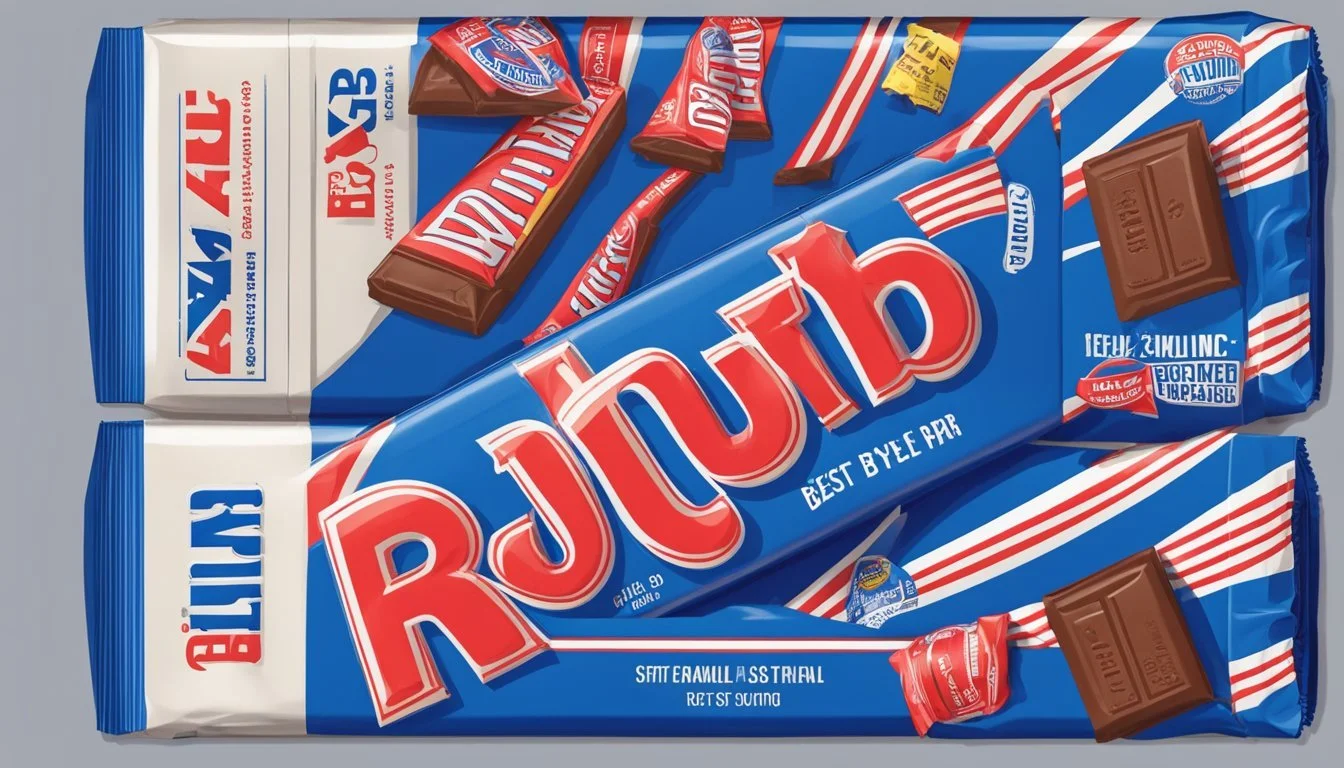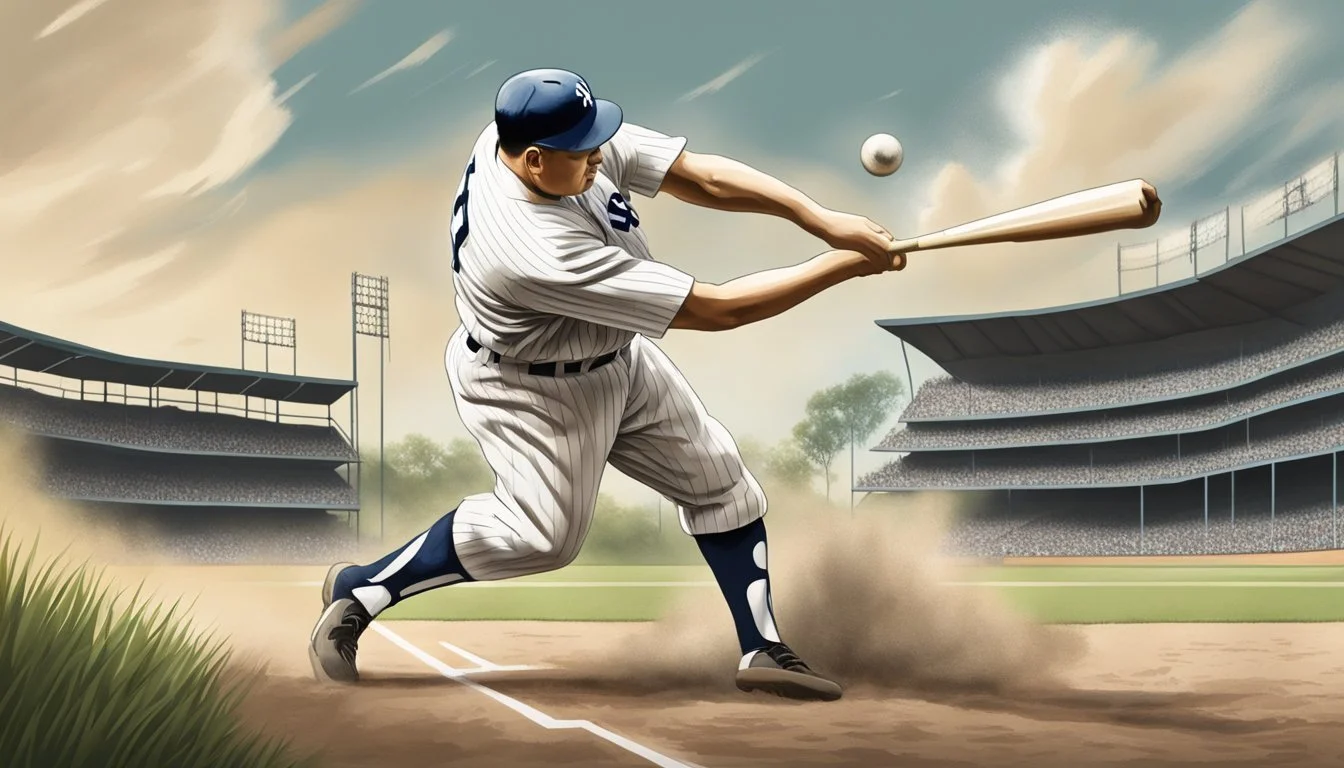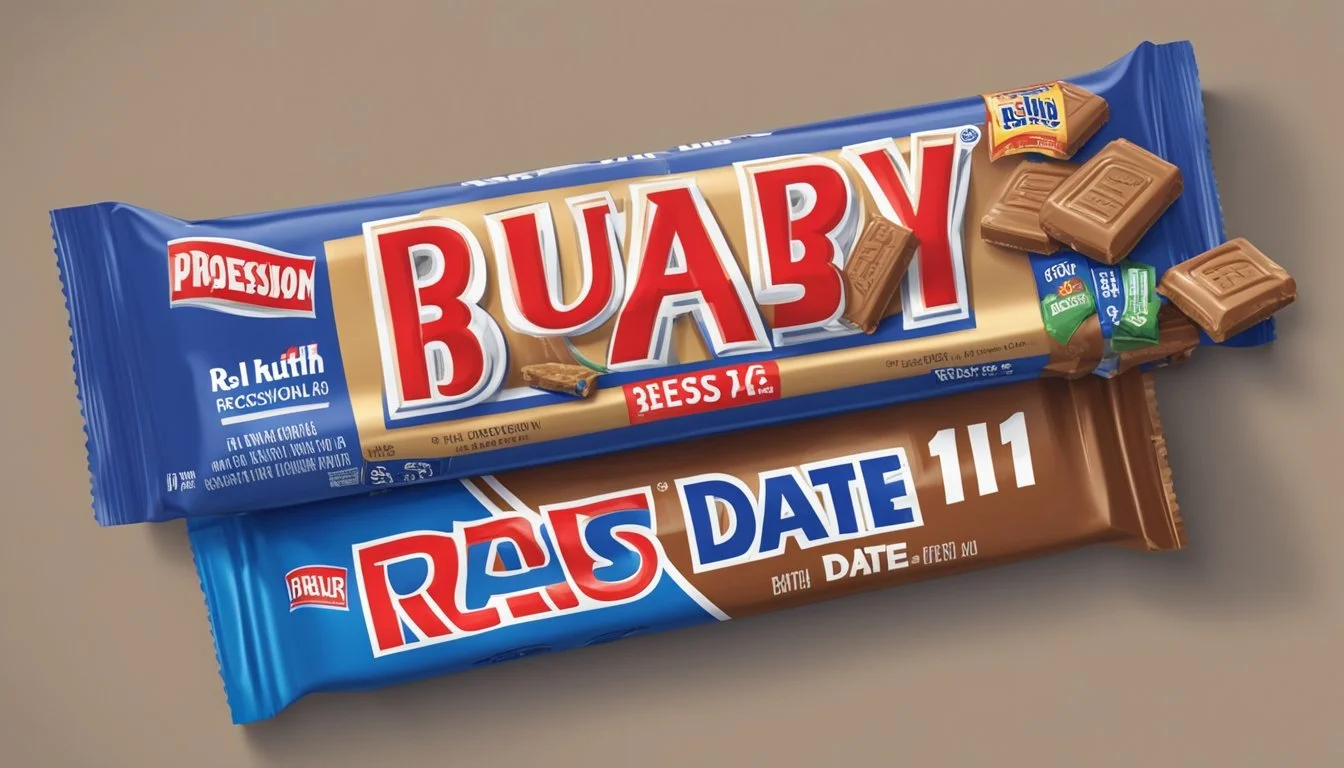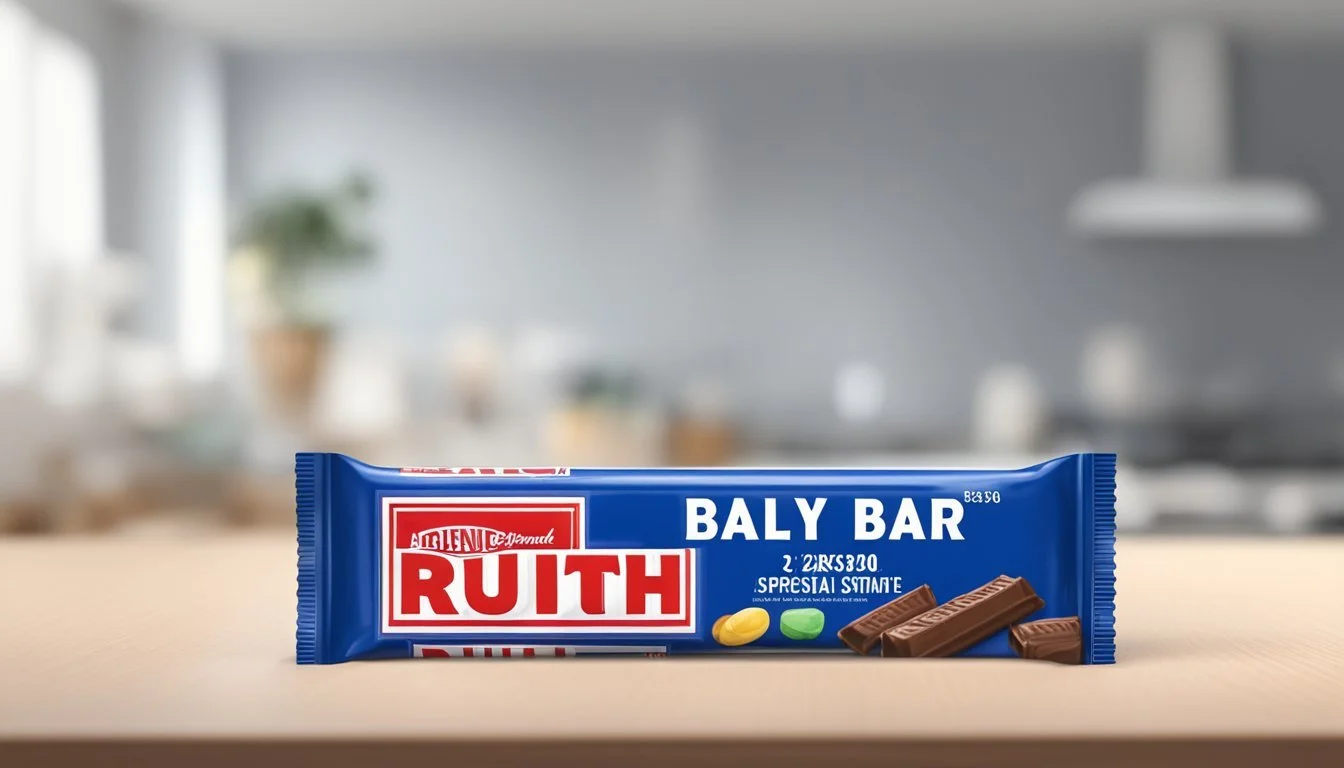How Long Does Baby Ruth Last?
Unwrapping the Shelf Life Details
When examining the shelf life of popular confectioneries, the Baby Ruth (how long does baby ruth last?) candy bar is a subject of interest for consumers looking to enjoy its sweet, nutty flavor while ensuring freshness. The shelf life of a confection can be influenced by various factors including ingredients, packaging, and storage conditions. Baby Ruth bars are known to have a shelf life of 10 months when stored properly, ensuring that consumers experience the intended taste and texture of the product.
Proper storage is key to maintaining the quality of any candy bar over time. Baby Ruth bars should be kept in a cool, dry place, ideally between 60-70 degrees Fahrenheit, and out of direct sunlight. These conditions help to preserve the integrity of the bar's components, which include dry-roasted peanuts, rich caramel, and smooth nougat, all enrobed in chocolate. Adhering to these storage guidelines ensures that Baby Ruth bars remain fresh and enjoyable until the end of their shelf life.
Origins and History
The section delves into the prominent phases of Babe Ruth's life, encapsulating his journey from a troubled childhood to becoming a baseball legend whose influence transcended sports.
Babe Ruth's Early Years
Born George Herman Ruth Jr. on February 6, 1895, in Baltimore, Maryland, Babe Ruth's childhood was marked by challenge and upheaval. He was sent to St. Mary's Industrial School for Boys at the age of seven, a reformatory and orphanage where he was under the strict guidance of the Xaverian Brothers. It was here that Ruth developed a deep love and aptitude for baseball, a sport that provided a constructive outlet for his energies.
Career Milestones
Ruth became a professional baseball player in 1914 after signing with the minor-league Baltimore Orioles. His talent was undeniable, and he was soon sold to the Boston Red Sox where he made his major league debut. Jack Dunn, the owner of the Orioles, became instrumental in Ruth's early career, treating him almost like a son. Ruth's prowess led the Providence Grays to the International League pennant before he was catapulted to stardom with the New York Yankees. His career with the Yankees set numerous records and helped forge one of baseball's greatest dynasties.
Retirement and Legacy
Ruth's illustrious career wound down with his retirement in 1935. His remarkable achievements included seven World Series championships and an enduring legacy as one of the American professional baseball's most iconic figures. He was among the first five inductees into the Baseball Hall of Fame. Babe Ruth's impact on the game of baseball is immeasurable, not only in how he played the game but also in how he captured the American public's imagination. His legacy endures, firmly established within the pantheon of sports legends.
Baby Ruth Candy Bar
The Baby Ruth is a notable candy bar distinguished by its combination of peanuts, caramel, and chocolate-flavored nougat wrapped in chocolate. Recognized for its connection to American pop culture and marketing savvy, the bar has an intriguing history from inception to its place in the candy aisles today.
Product Development
The candy bar, originally introduced by the Curtiss Candy Company of Chicago, was named after President Grover Cleveland's daughter, Ruth, rather than the famous baseball player Babe Ruth. This was a strategic move to avoid paying royalties. Although it has been suggested that the candy bar was in fact a rebranding of the existing Curtiss product, Kandy Kake, the company maintained that Baby Ruth was a wholly original creation.
Marketing and Trademark
One of the most remarkable marketing feats for Baby Ruth occurred in 1923, when the company's founder, Otto Schnering, orchestrated a campaign involving the dropping of thousands of Baby Ruth bars over Pittsburgh, employing mini parachutes. These events, known as "Baby Ruth Flying Circuses," were replicated across more than forty states, establishing the candy bar's trademark across the country. Ownership of Baby Ruth has changed hands several times and is currently held by Ferrara Candy Company, which continues to utilize a blend of tradition and innovation to market the product.
Babe Ruth's Baseball Impact
Babe Ruth revolutionized baseball with his unprecedented power-hitting, shifting the game's emphasis from strategy to raw power. He emerged as a dominant force in Major League Baseball, especially after joining the New York Yankees.
Record Setting
Babe Ruth, nicknamed The Sultan of Swat and The Bambino, was a driving force behind the transformation of baseball into a high-scoring, dynamic spectator sport. As a member of the New York Yankees, he obliterated the home run record by belting an awe-inspiring 29 homers in 1919, surpassing the previous mark decisively. Ruth continued to shatter his own records, eventually establishing a single-season home run record of 60 in 1927—a feat that stood for 34 years.
Home Run Record Progression (during Ruth's career):
1919: 29 home runs
1921: 59 home runs
1927: 60 home runs
His prowess at the plate is highlighted by his career statistics:
Slugging Percentage: .690
Batting Average: .342
Total Bases: 5,793
These staggering numbers contributed to his team's success, leading the Yankees to numerous World Series titles.
Legacy in Baseball Culture
Babe Ruth's impact resonates beyond mere statistics; he became a central figure in the lore of baseball. Major League Baseball, recognizing his substantial contributions, enshrined Ruth in the inaugural class of the Baseball Hall of Fame in 1936, affirming his position as a true legend of the sport.
His legacy includes:
Yankee Stadium: Widely regarded as "The House that Ruth Built," reflecting his draw for fans and influence on the game.
Cultural Icon: Ruth's charismatic personality and flair for dramatic play turned him into a larger-than-life figure and an American hero.
Babe Ruth remains a touchstone for greatness in baseball, from the Red Sox where he began as a dominant left-handed pitcher to the New York Yankees where he transitioned to an iconic slugging outfielder. His legend endures, intertwined with the fabric of baseball culture, embodying the pinnacle of achievement for every player stepping up to the plate. His name is synonymous with extraordinary hitting power and a standard by which future sluggers are judged.
Nutritional and Conservation Information
The nutritional value and proper storage of a Baby Ruth candy bar play crucial roles in its longevity and impact on the consumer’s health.
Ingredients and Allergens
Baby Ruth contains peanuts, sugar, caramel, and various other ingredients. Crucial to consumers with allergies, it includes allergens like peanuts, milk, and egg derivatives. The precise list of ingredients should always be checked on the packaging to avoid possible allergic reactions and to ensure dietary compatibility.
Shelf Life and Storage
The shelf life of a Baby Ruth bar is influenced by storage conditions. To maximize its longevity, it should be stored in a cool, dry place. Excessive heat can lead to fat bloom, where fat rises to the surface, resulting in a white, powdery appearance that can affect taste and texture. Although still safe to eat, its quality may be compromised.
Storage Condition Expected Shelf Life Room temperature 6-8 months Refrigerated 9-12 months
Purchasing and Availability
Baby Ruth bars are available at various stores including supermarkets, convenience stores, and online retailers. Their marketing strategies ensure that they are readily available to consumers year-round. When purchasing, checking the expiration date will give the best indication of freshness.
Cultural Significance
The legacy of Babe Ruth and the Baby Ruth candy bar extend far beyond the baseball diamond and into various facets of entertainment. These icons have made indelible marks within popular culture, featuring prominently in different mediums and eras.
Babe Ruth in Popular Media
Babe Ruth's legend has resonated through time, not merely confined to his athletic prowess with the Boston Red Sox or impact during the Depression era. The media, through radio broadcasts and news, amplified his persona as a cultural hero. In film, The Babe portrayed the legend's life, cementing his status in American lore. His name has featured in various productions, adding a touch of his cool and larger-than-life persona to movies like The Goonies and Caddyshack, which utilize his influence to symbolize triumph and legacy.
Baby Ruth in Entertainment
The Baby Ruth candy bar, though its name's origin is often disputed, has been prevalent in the entertainment industry. It became part of a campaign of coolness when it was referenced in movies like Hellboy, where it is used to depict a sense of down-to-earth nostalgia and humor. Additionally, its appearance in popular songs, like "A Rose and a Baby Ruth" released in 1956, demonstrates the candy's role in shaping and maintaining a presence within American culture, resonating with audiences across the country.
Legal and Business Aspects
In exploring the legal and business aspects tied to the Baby Ruth candy bar, we delve into its historic naming controversy and the smart marketing tactics involving endorsements and branding that have kept it a household name.
Candy Bar Naming Controversy
The origin of the Baby Ruth candy bar's name is a notable case in trademark history. Some speculate it was named after baseball legend Babe Ruth, but the official stance from the Curtiss Candy Company, established in Chicago, was that the candy bar was named after President Grover Cleveland's daughter, Ruth. This was likely a strategic move to avoid having to pay royalties for using Babe Ruth's name. To this day, the subject remains a point of debate and an interesting example of the complexities of trademark law in product marketing.
Endorsements and Branding
The Baby Ruth brand has leveraged endorsements to maintain its market presence. The candy bar, originally known as Kandy Kake, was renamed to Baby Ruth in 1921, at a time when Babe Ruth was a major celebrity. This rebranding may not have been an official endorsement but certainly capitalized on the popularity of Babe Ruth. In marketing, aligning with recognizable figures is key, and whether intentional or not, the association with Babe Ruth certainly brought attention to the Baby Ruth bars, illustrating the power of branding in the confectionery industry.


